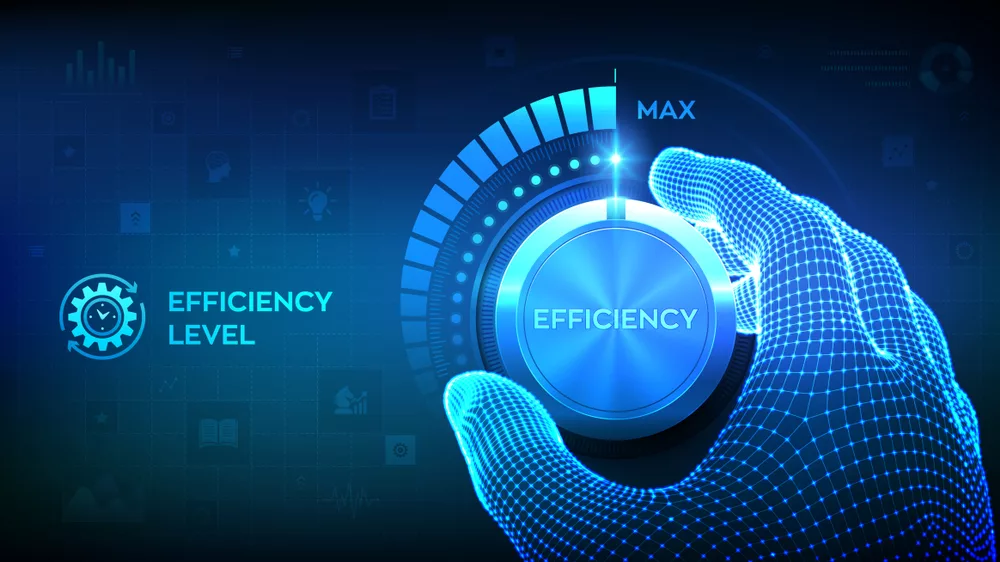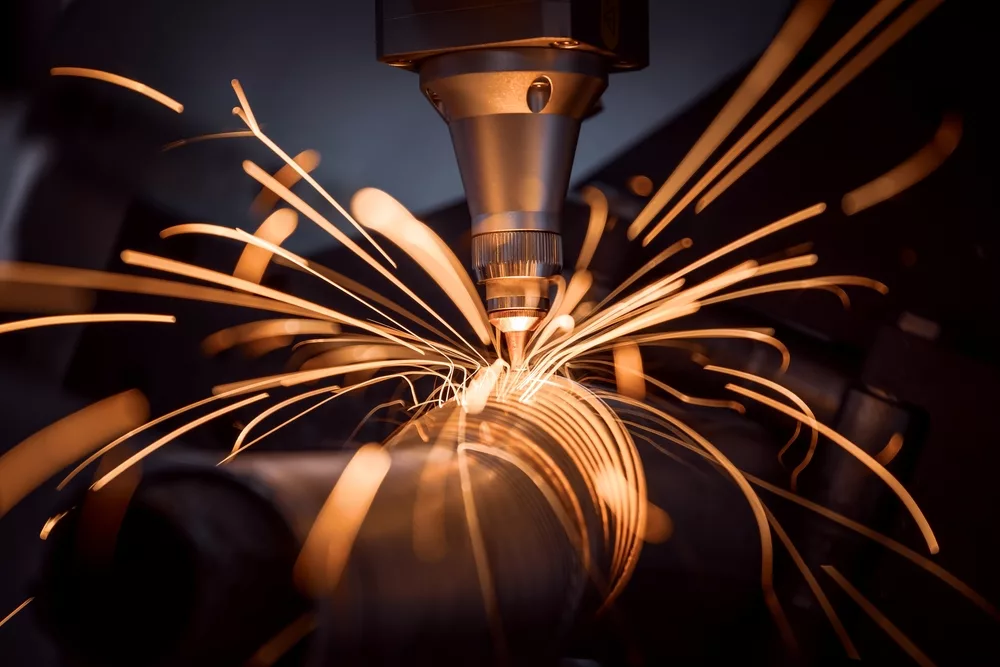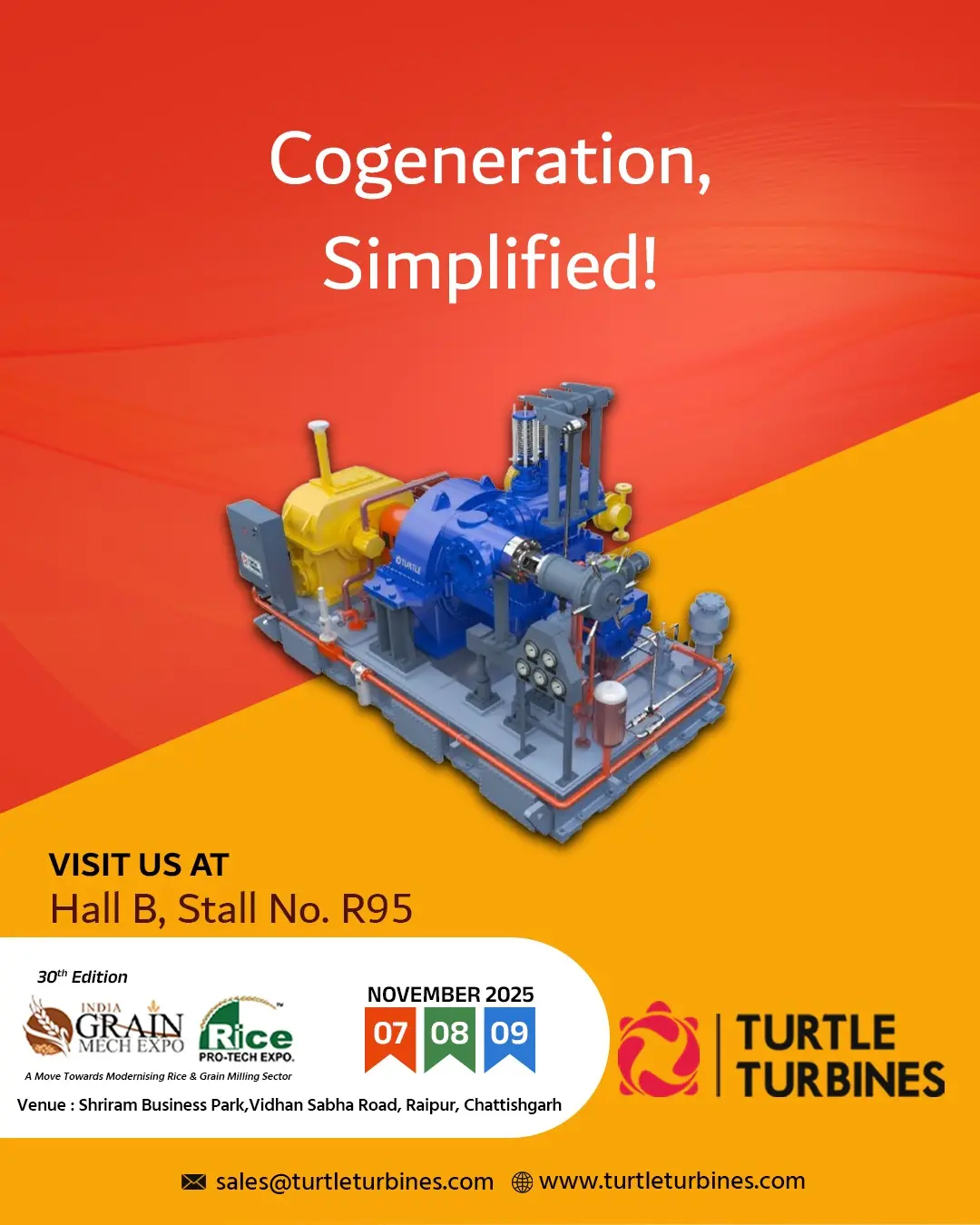Steam turbines have a long-standing as the backbone of power generation, harnessing the inherent energy within steam to drive various industries and infrastructures. These complex machines are designed to efficiently convert thermal energy into mechanical work, offering a versatile solution for electricity production, propulsion, and more. One of the key factors that determine their effectiveness is Steam Turbine Efficiency in extracting energy from steam.
Steam Turbine Efficiency plays a key role in optimizing energy conversion processes. Efficiency measures how well a steam turbine can convert the heat energy stored in steam into usable mechanical work.
This parameter is expressed as a percentage and is calculated by comparing the actual useful work output to the theoretical maximum work potential of the steam.
Higher Steam Turbine Efficiency not only translates to increased power output but also contributes to environmental sustainability by reducing fuel consumption and emissions. As the world’s energy demands grow, the tracking of higher Steam Turbine Efficiency remains a vital endeavor, ensuring a cleaner, more efficient energy future.
At Turtle Turbines continuous development in steam turbine technology revolves around enhancing efficiency. Turtle Turbines focuses on refining turbine designs, optimizing steam parameters, and utilizing innovative materials to maximize energy conversion while minimizing energy losses.
Turtle Turbines is one of the most reputed Steam Turbine Manufacturers In India. For more information visit now https://turtleturbines.com











